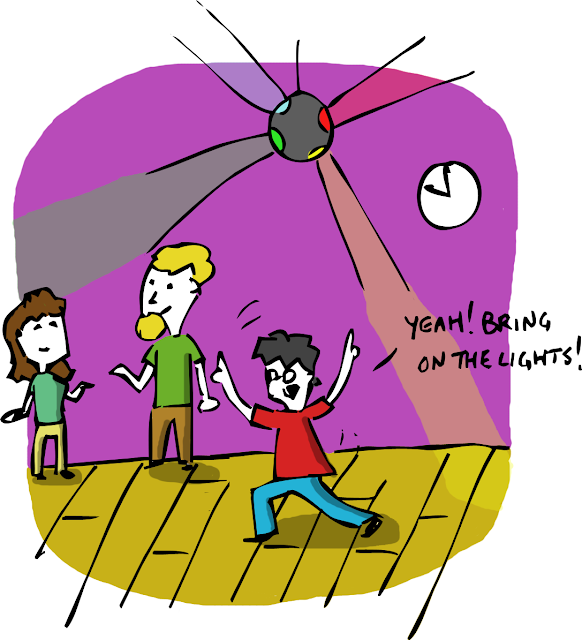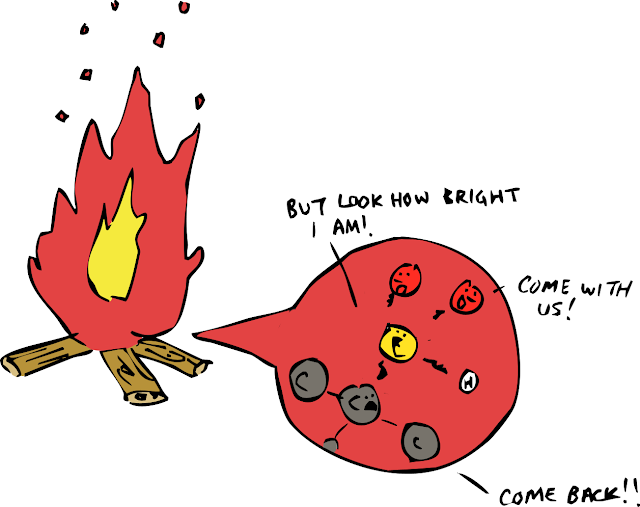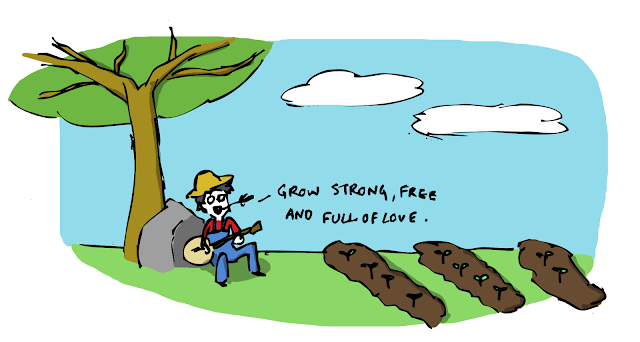 The holidays can be rough on your body. Between dinners,
parties, eating insane amounts of cookies, and travelling, by the time you make
it to New Year’s Eve you may find yourself teetering on your feet like a
character in Mortal Combat with “Finish Him!” flashing over your head. The most
obvious manifestation of the holiday grind is fatigue. As you struggle to get
all your shopping done and make it to the necessary relatives’ houses at the same
time that you constantly adjust your sleep schedule, it is totally
understandable to end up extremely tired. However, understandable as it may be,
December shows no mercy. We cap off this exhausting time of year by
ritualistically staying up until midnight. Fortunately, a keen understanding of
science can help you boost your energy and make it to the ball drop alert and
possibly even in a good mood.
The holidays can be rough on your body. Between dinners,
parties, eating insane amounts of cookies, and travelling, by the time you make
it to New Year’s Eve you may find yourself teetering on your feet like a
character in Mortal Combat with “Finish Him!” flashing over your head. The most
obvious manifestation of the holiday grind is fatigue. As you struggle to get
all your shopping done and make it to the necessary relatives’ houses at the same
time that you constantly adjust your sleep schedule, it is totally
understandable to end up extremely tired. However, understandable as it may be,
December shows no mercy. We cap off this exhausting time of year by
ritualistically staying up until midnight. Fortunately, a keen understanding of
science can help you boost your energy and make it to the ball drop alert and
possibly even in a good mood.
Food
The first key to the energy puzzle is eating the right
foods. While you may be tempted to load up on sugar to propel you into the
night, holiday favourites like cookies and chocolates are a bad idea. Sure,
they will give you a boost immediately after you eat them as your blood sugar
spikes, but empty calories burn through quickly, after which you will be
saddled with a sugar crash. Likewise, you’ll want to take it easy on any
leftover Christmas turkey, as the natural tryptophan will make you groggy and
longing for a nap. Instead you’ll want to reach for foods that will provide you
with stable energy over the long haul. Foods that take longer to digest and
that are rich in nutrients are your best bets. WebMD recommends peanut butter
on whole wheat crackers, yoghurt, nuts, and carrots with low-fat cream cheese.
Water
With all the running around and socializing you’re bound to
do at the New Year’s Eve party of your choosing, it is easy to forget to drink
water. To make things worse, there will likely be a steady flow of wine,
champagne, eggnog, and other festive libations at hand which will drain your
body of water even more (alcohol is a diuretic, which makes you pee a lot),
while the depressive effects make you want to sleep. But when you want to stay
awake, water is your friend. Keeping properly hydrated allows all your body’s
systems to function more efficiently so you waste less energy. Staying hydrated
also keeps your body temperature more stable. Predictable metabolism is the key
to your body making effective use of the fuel you provide it with. All great
reasons to keep a glass of nature’s magic elixir close by on your way to the
countdown.
Shelter
Another important factor in fighting fatigue is arranging
your surroundings to promote energy. Your body naturally picks up on a lot of
external cues, including temperature and light exposure, and adjusts your
internal clock accordingly. Anyone who has ever heard of Seasonal Affective Disorder
understands that as the days get shorter and light gets more scarce, it is
natural to feel less energetic and even depressed. If you are hosting a New
Year’s Eve party and want to keep your guests awake and engaged, make sure the
room is well lit. You may also want to invite a lot of people to keep
conversations dynamic and ongoing. Experts agree that engaging in mentally
stimulating activities – like talking to other people – can help keep energy
levels high.
Sweat
Finally, and somewhat confusingly if you read our article
last week about how to make yourself fall asleep, exercise
is a great way to moderate your energy levels. While working out at high
intensity can definitely exhaust you, working out at a moderate level for 20 to
30 minutes can actually give you an energy boost. Doing so regularly can also
help with that whole efficiency thing we’ve been talking about. Keeping your
body in tip-top shape will make the most of the energy you already have.
When you have the energy to make it through the party without fixating on getting to sleep, New Year’s Eve can potentially be one of the highlights of your holiday season. If you plan ahead and avoid leaning on shortcuts like caffeine (or PCP), you will find yourself happy, healthy, and awake right up until the clock strikes midnight.






















































